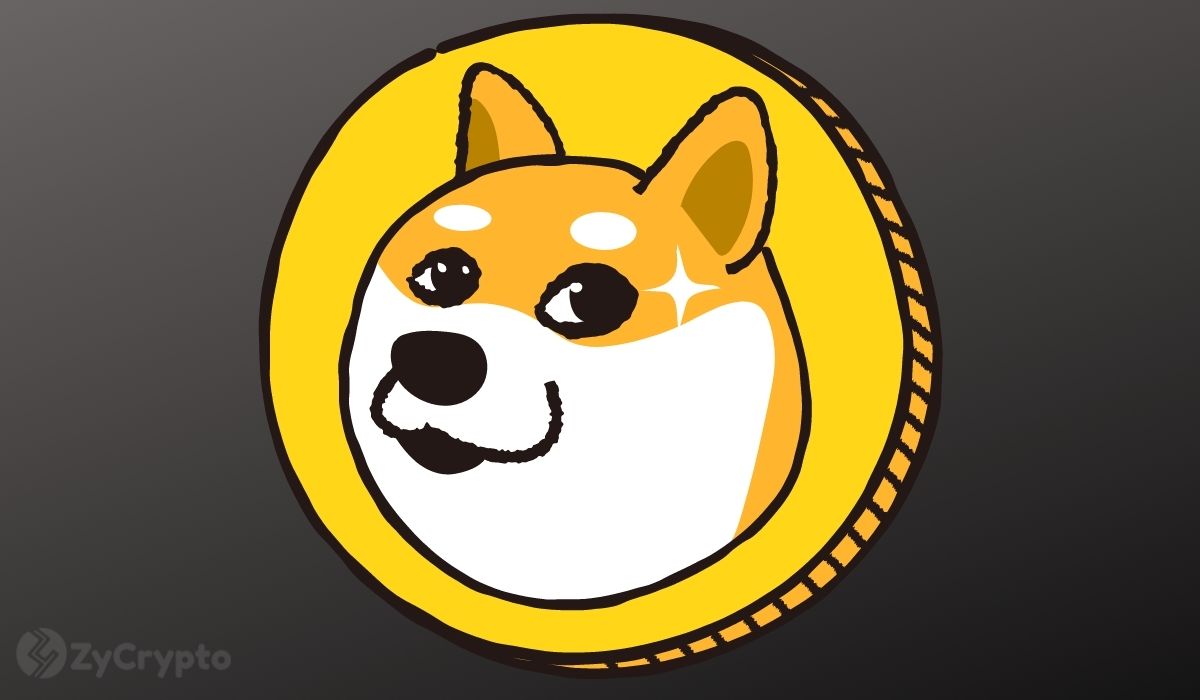Blitz News Digest
Stay updated with the latest trends and insights.
Doge Coin: The Meme That Turned into Gold
Discover how Doge Coin transformed from a hilarious meme into a digital goldmine. Uncover its surprising journey and potential today!
How Dogecoin Became a Cultural Phenomenon: From Meme to Marketplace
Dogecoin, originally created as a joke in 2013, has evolved from a mere meme into a significant cultural phenomenon. Originating from the popular 'Doge' meme featuring a Shiba Inu, this cryptocurrency quickly captured the attention of internet users who found humor in its playful design and low-stakes trading appeal. As the coin gained traction, communities formed around it, celebrating its whimsical nature while actively promoting charitable causes and community projects. This grassroots aspect transformed Dogecoin into more than just a digital currency; it became a symbol of internet camaraderie and a catalyst for engaging dialogues about cryptocurrency.
As Dogecoin surged in popularity, it transitioned from the realm of memes into the marketplace, now being accepted by numerous online retailers and businesses as a legitimate form of payment. The rise of social media platforms played a pivotal role in this transformation, as influencers and celebrity endorsements helped propel Dogecoin into mainstream consciousness. Memes continue to be a core element of its identity, fueling its virality and fostering a vibrant community. This cultural shift not only underscores the power of social media in the digital age but also highlights Dogecoin's unique position as a currency that thrives on humor and light-heartedness while simultaneously impacting the broader economic landscape.

The Rise of Dogecoin: Exploring the Journey from Joke to Investment
Dogecoin, originally created as a meme in December 2013, has experienced a remarkable transformation from a lighthearted joke to a legitimate investment vehicle. Inspired by the popular Shiba Inu dog meme, Dogecoin was developed by software engineers Billy Markus and Jackson Palmer as a fun alternative to Bitcoin. What started as a parody quickly gained traction within the cryptocurrency community, fueled by its friendly branding and strong social media presence. Over the years, Dogecoin's enthusiastic community has played a pivotal role in promoting the currency, turning it into a popular tipping system and an informal means of charitable donations.
In 2021, Dogecoin surged dramatically in value, propelled by endorsements from high-profile personalities and increased mainstream acceptance. Investors began flocking to Dogecoin not just for its low entry price but also for the vibrant culture surrounding it. Social media platforms like Reddit and Twitter have been instrumental in this rise, creating a moniker known as the 'Doge Army'—a dedicated group of supporters driving demand and interest. As of late 2023, Dogecoin has solidified its position in the cryptocurrency market, presenting both a speculative investment and a symbol of internet culture, showcasing the unpredictable nature of digital assets.
Is Dogecoin the Future of Cryptocurrency or Just Another Fad?
In recent years, Dogecoin has garnered significant attention in the cryptocurrency landscape, leading many to wonder whether it is the future of cryptocurrency or merely another fleeting trend. Originally created as a joke based on an internet meme, Dogecoin has transformed into a serious player, supported by a vibrant community and notable endorsements from influential figures. Its unique culture and widespread appeal have contributed to its longevity, but the question remains: can it sustain this momentum and prove itself as a viable alternative to established cryptocurrencies like Bitcoin and Ethereum?
Critics argue that Dogecoin lacks the fundamentals that underpin serious cryptocurrencies, such as a robust development team or a clear use case. However, supporters highlight its grassroots origins and ability to introduce new investors to the crypto world. To assess its true potential, it's essential to consider factors like market volatility, community engagement, and technological advancements. As we navigate the evolving landscape of digital currency, the debate over whether Dogecoin is the future of cryptocurrency or just another fad will likely continue, reflecting the dynamic nature of this space.